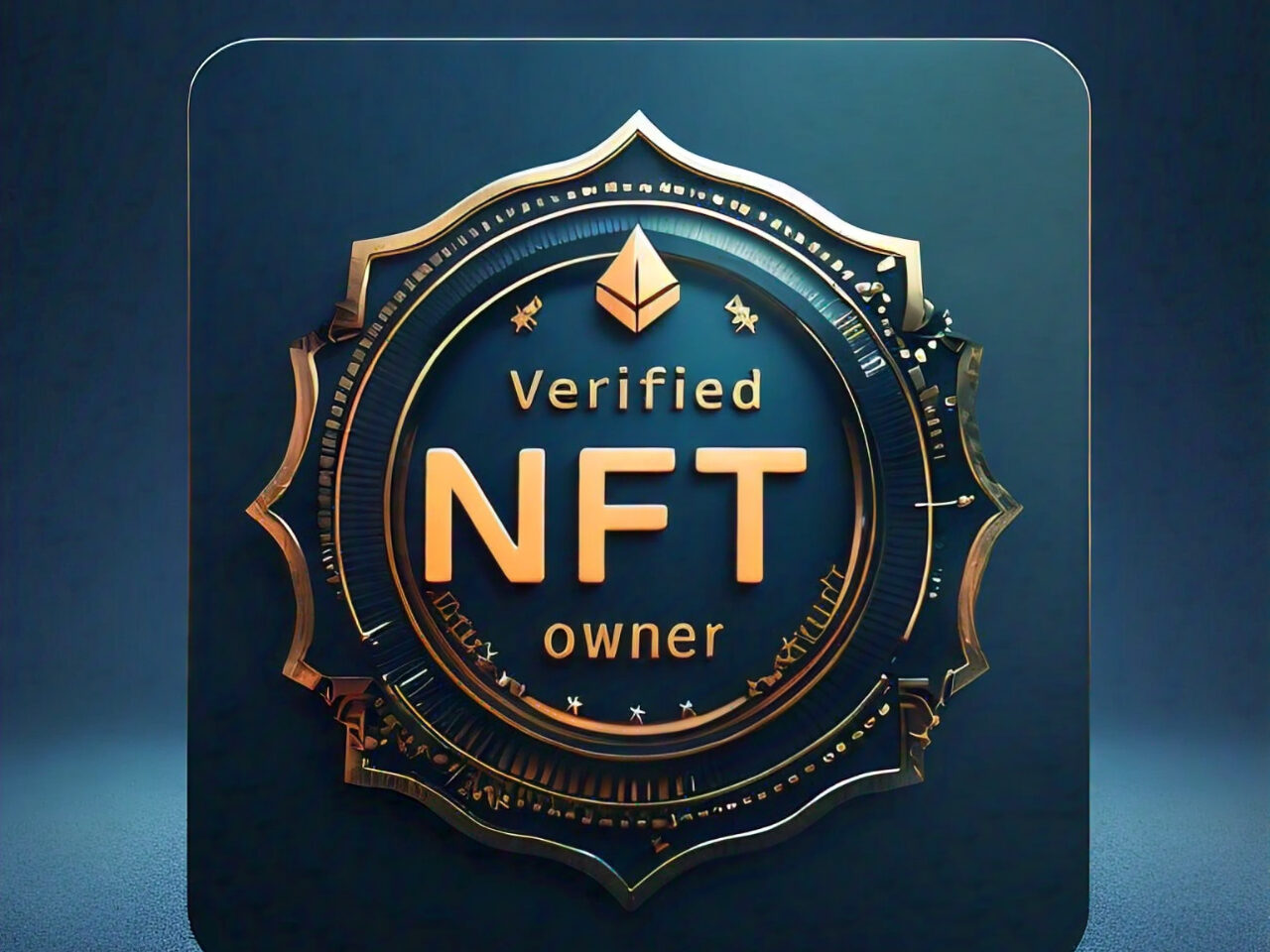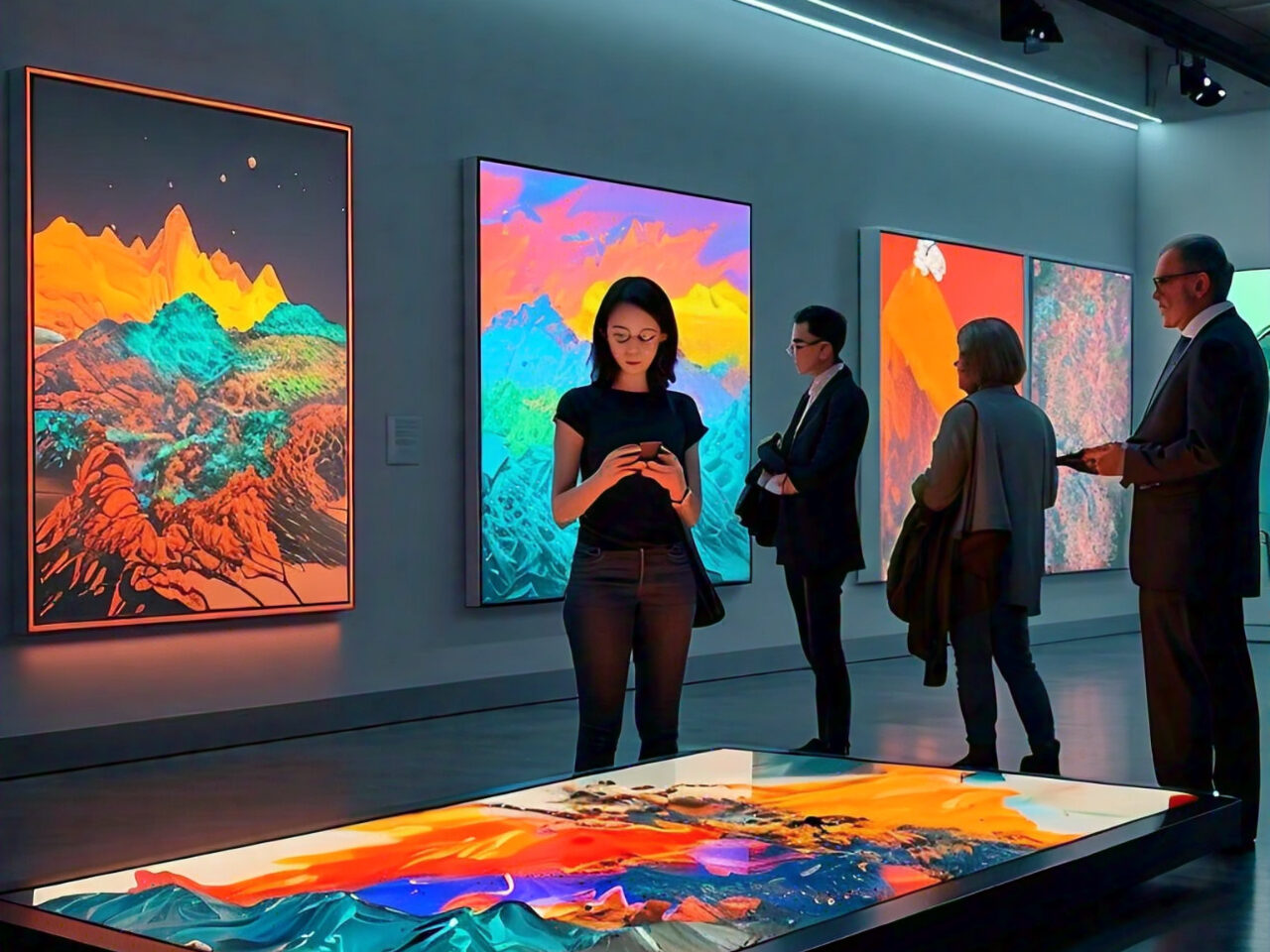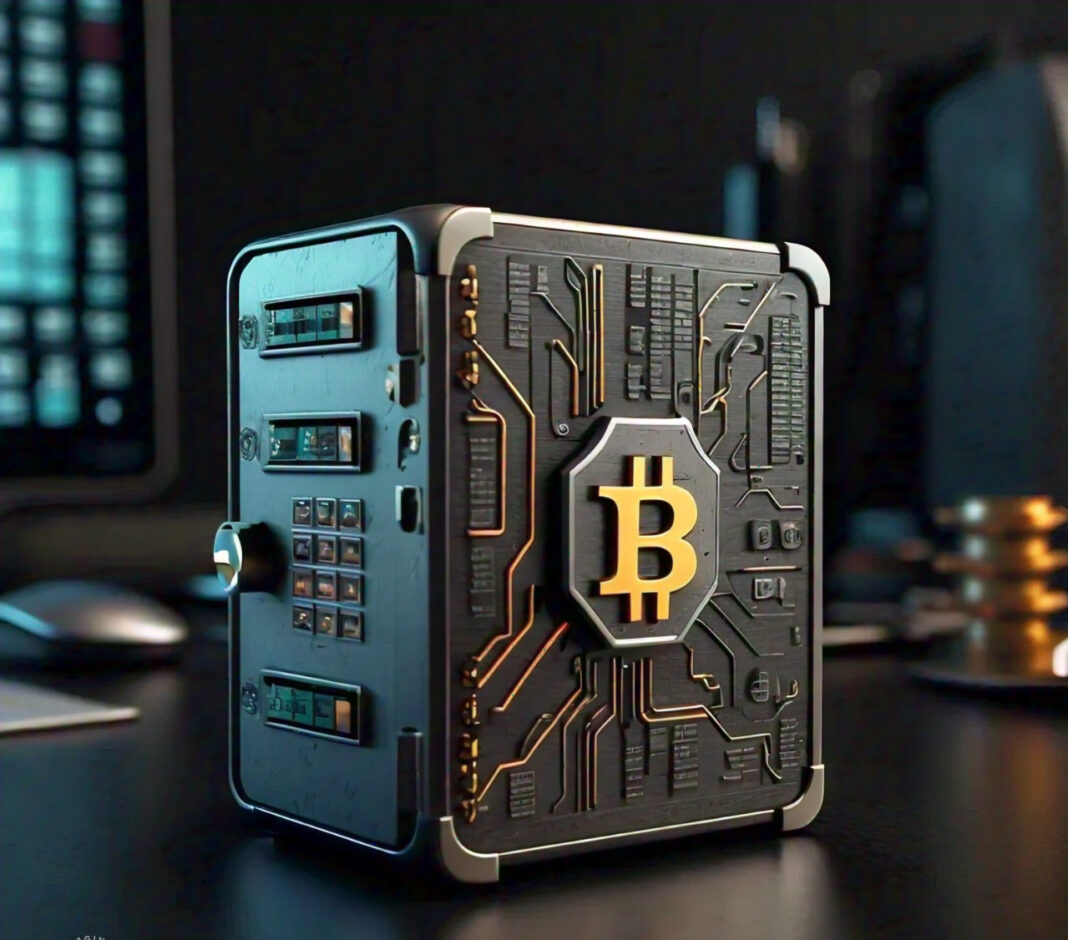
As the NFT market continues to grow and evolve, the importance of verifying NFT ownership has become increasingly crucial for collectors and digital artists. With the rise of counterfeit NFTs and ownership disputes, it’s essential to ensure the authenticity, scarcity, and provenance of these unique digital assets. In this article, we’ll explore the most secure methods for verifying NFT ownership, providing a comprehensive guide for NFT collectors and digital artists to protect their investments and creations.
The Risks of Unverified NFT Ownership
- Counterfeit NFTs: Fake or replicated NFTs can lead to financial losses and damage to reputation.
- Ownership Disputes: Unclear ownership can result in legal battles and financial losses.
- Value Dilution: Unverified NFTs can dilute the value of authentic NFTs, affecting the entire market.
The Importance of Verifying NFT Ownership
- Authenticity: Ensuring the NFT’s creator and authenticity.
- Scarcity: Verifying the NFT’s limited edition status and rarity.
- Provenance: Confirming the NFT’s ownership history and transfer records.
- Investment Protection: Securing ownership and value.
Authentication: Ensuring NFT Authenticity
Authentication is the process of verifying the NFT’s creator and ensuring its authenticity. This step is crucial in preventing counterfeit NFTs and protecting the value of authentic NFTs.
Digital Signatures
Digital signatures are a secure way to verify an NFT’s authenticity. They use cryptography to create a unique code that confirms the NFT’s creator and ensures it hasn’t been tampered with.
Example:
Artist Jane Doe creates an NFT and signs it with her unique digital signature. When collector John Smith purchases the NFT, he can verify the digital signature to ensure it’s authentic and created by Jane Doe.
Smart Contracts
Smart contracts are self-executing contracts with the terms of the agreement written directly into lines of code. They can be used to verify an NFT’s authenticity and ensure it’s transferred securely.
Example:
Artist Bob Smith creates an NFT and deploys a smart contract that verifies his ownership and authenticity. When collector Sarah Johnson purchases the NFT, the smart contract ensures the transfer is secure and authentic.
Verification Services
Verification services, like Verisart or Codex, provide an additional layer of authentication for NFTs. They use a combination of digital signatures, smart contracts, and other technologies to verify an NFT’s authenticity.
Example:
Artist Maria Rodriguez creates an NFT and uses Verisart to verify its authenticity. When collector David Lee purchases the NFT, he can check the Verisart verification to ensure it’s authentic and created by Maria Rodriguez.
Provenance: Confirming Ownership History
Provenance is the record of an NFT’s ownership history, including its creation, sales, and transfers. Confirming provenance ensures that the NFT’s ownership is clear and transparent.
Blockchain Records
Blockchain technology provides a transparent and tamper-proof record of an NFT’s ownership history.
Example:
Artist Emily Chen creates an NFT and sells it to collector Ryan Thompson. The sale is recorded on the blockchain, creating a permanent and transparent record of ownership. When Ryan sells the NFT to collector Sophia Patel, the blockchain record is updated, ensuring a clear ownership history.
Certificates of Authenticity
Certificates of authenticity are documents that verify an NFT’s ownership and provenance. They can be issued by artists, galleries, or verification services.
Example:
Artist David Kim creates an NFT and issues a certificate of authenticity to collector Rachel Lee. The certificate includes details about the NFT’s creation, ownership, and provenance. When Rachel sells the NFT to collector Michael Brown, the certificate is transferred, ensuring a clear ownership history.
Provenance Services
Provenance services, like Provenance Protocol or Artory, provide a secure and transparent way to record and verify an NFT’s ownership history.
Example:
Artist Sarah Taylor creates an NFT and uses Provenance Protocol to record its ownership history. When collector James Davis purchases the NFT, he can verify its provenance using the Provenance Protocol service, ensuring a clear and transparent ownership record.
Scarcity: Verifying NFT Rarity

Scarcity is a critical factor in determining an NFT’s value. Verifying scarcity ensures that the NFT is rare and valuable.
Limited Editions
Limited editions are a common way to create scarcity in NFTs. Artists can create a limited number of editions, making each NFT rare and valuable.
Example:
Artist Jack Harris creates a limited edition of 10 NFTs, each with a unique serial number. Collector Emily Wong purchases edition 3/10, knowing that only 10 editions exist, making it rare and valuable.
Unique Identifiers
Unique identifiers, like serial numbers or QR codes, can be used to verify an NFT’s scarcity.
Example:
Artist Lily Tran creates an NFT with a unique QR code. Collector David Martin scans the QR code to verify its authenticity and scarcity, ensuring it’s one-of-a-kind.
Smart Contract Enforcement
Smart contracts can be used to enforce scarcity by limiting the number of editions or ensuring that each NFT is unique.
Example:
Artist Michael Patel creates an NFT with a smart contract that limits the number of editions to 5. When collector Sophia Rodriguez purchases the NFT, the smart contract ensures that only 5 editions exist, maintaining its scarcity.
Rarity Verification Services
Rarity verification services, like Rarity.tools or Scarce.City, provide an independent verification of an NFT’s scarcity.
Example:
Artist Julia Lee creates an NFT and uses Rarity.tools to verify its scarcity. Collector James Hall checks the Rarity.tools verification to ensure the NFT’s rarity and value.
Investment Protection: Securing Ownership and Value
Investment protection is crucial for NFT collectors and investors. Securing ownership and value ensures that investments are safe and profitable.
Secure Wallets
Secure wallets, like MetaMask or Ledger Live, protect NFT ownership by storing private keys securely.
Example:
Collector Rachel Kim stores her NFTs in a Ledger Live wallet, ensuring that her private keys are secure and her ownership is protected.
Smart Contract Audits
Smart contract audits, like OpenZeppelin or Chainalysis, ensure that NFT smart contracts are secure and functioning correctly.
Example:
Artist David Lee hires OpenZeppelin to audit his NFT smart contract, ensuring that it’s secure and protects collectors’ investments.
Insurance Services
Insurance services, like NFT Shield or Art Insurance, provide financial protection against NFT loss or damage.
Example:
Collector Emily Chen purchases an NFT insurance policy from NFT Shield, protecting her investment against loss or damage.
Regulatory Compliance
Regulatory compliance ensures that NFT investments adhere to legal and financial regulations.
Example:
Artist Sophia Patel ensures that her NFT sales comply with tax laws and regulations, protecting collectors’ investments and her own business.
Resale Confidence: Confirming Ownership
Resale confidence is critical for NFT collectors and investors. Confirming ownership ensures that NFTs can be resold or transferred securely.
Transferable Ownership
Transferable ownership allows NFTs to be resold or transferred to new owners.
Example:
Collector James Davis purchases an NFT from artist Emily Wong and transfers it to collector Sophia Patel, ensuring transferable ownership.
Clear Provenance
Clear provenance ensures that NFT ownership history is transparent and verifiable.
Example:
Collector Rachel Kim purchases an NFT with clear provenance, showing its ownership history from artist David Lee to collector James Davis.
Verifiable Authenticity
Verifiable authenticity ensures that NFTs are genuine and not counterfeit.
Example:
Collector Emily Chen purchases an NFT with verifiable authenticity, confirmed by artist Sophia Patel’s digital signature.
Secure Marketplaces
Secure marketplaces, like OpenSea or Rarible, provide a trusted platform for NFT resale and transfer.
Example:
Collector James Davis resells his NFT on OpenSea, ensuring a secure and trusted transaction.
Counterfeit Prevention: Avoiding Fake NFTs

Counterfeit prevention is crucial for NFT collectors and investors. Avoiding fake NFTs ensures that investments are genuine and valuable.
Digital Watermarking
Digital watermarking embeds a hidden signature in NFTs, making them difficult to counterfeit.
Example:
Artist Sophia Patel uses digital watermarking to protect her NFTs, ensuring they can’t be replicated or counterfeited.
Secure Minting
Secure minting processes ensure that NFTs are created and issued securely, preventing counterfeiting.
Example:
Artist David Lee uses a secure minting process to create his NFTs, ensuring they’re genuine and can’t be counterfeited.
Authentication Services
Authentication services, like Verisart or Codex, verify NFT authenticity and prevent counterfeiting.
Example:
Collector Emily Chen uses Verisart to authenticate her NFTs, ensuring they’re genuine and not counterfeit.
Community Monitoring
Community monitoring involves the NFT community working together to identify and report counterfeit NFTs.
Example:
The NFT community reports a counterfeit NFT on social media, alerting collectors and preventing further sales.
Portfolio Management: Organizing and Verifying NFT Collections
Portfolio management is essential for NFT collectors and investors. Organizing and verifying NFT collections ensures that investments are tracked and valued accurately.
Digital Cataloging
Digital cataloging involves creating a digital record of NFT collections, including details like ownership, provenance, and value.
Example:
Collector James Davis uses a digital cataloging tool to organize his NFT collection, tracking ownership, provenance, and value.
Collection Management Platforms
Collection management platforms, like Mynt or NFTBank, provide a secure and organized way to manage NFT collections.
Example:
Collector Sophia Patel uses Mynt to manage her NFT collection, tracking ownership, provenance, and value.
Verification and Authentication
Verification and authentication ensure that NFTs in a collection are genuine and valuable.
Example:
Collector Emily Chen uses Verisart to verify and authenticate her NFT collection, ensuring its value and provenance.
Valuation and Appraisal
Valuation and appraisal involve determining the value of NFT collections, considering factors like rarity, condition, and market demand.
Example:
Collector David Lee hires an appraiser to value his NFT collection, considering factors like rarity, condition, and market demand.
Value Preservation: Protecting the Value of NFTs
Value preservation is crucial for NFT collectors and investors. Protecting the value of NFTs ensures that investments remain valuable over time.
Storage and Conservation
Proper storage and conservation of NFTs ensure their longevity and prevent damage.
Example:
Collector Sophia Patel stores her NFTs in a secure, climate-controlled environment to preserve their value.
Market Monitoring
Market monitoring involves tracking market trends and demand to ensure NFTs remain valuable.
Example:
Collector James Davis monitors market trends and demand to ensure his NFT collection remains valuable.
Authentication and Verification
Authentication and verification ensure that NFTs are genuine and valuable.
Example:
Collector Emily Chen uses Verisart to authenticate and verify her NFTs, ensuring their value and provenance.
Fractional Ownership
Fractional ownership allows multiple parties to own a share of an NFT, reducing risk and increasing value.
Example:
Collector David Lee uses fractional ownership to share ownership of a rare NFT with other collectors, reducing risk and increasing value.
Conclusion
Verifying NFT ownership and authenticity is crucial for collectors, investors, and artists to ensure the value and integrity of their digital assets. By utilizing secure methods such as digital signatures, smart contracts, verification services, and decentralized verification, individuals can protect their investments and creations.
In conclusion, the importance of verifying NFT ownership and authenticity cannot be overstated. As the NFT market continues to grow and evolve, it is essential to prioritize security and transparency to maintain trust and confidence. By adopting best practices and leveraging innovative technologies, we can ensure the long-term value and integrity of NFTs.
Key Takeaways
- Verifying NFT ownership and authenticity is crucial for collectors, investors, and artists.
- Digital signatures, smart contracts, verification services, and decentralized verification are secure methods for verifying NFTs.
- Prioritizing security and transparency is essential for maintaining trust and confidence in the NFT market.
- Best practices and innovative technologies can ensure the long-term value and integrity of NFTs.






